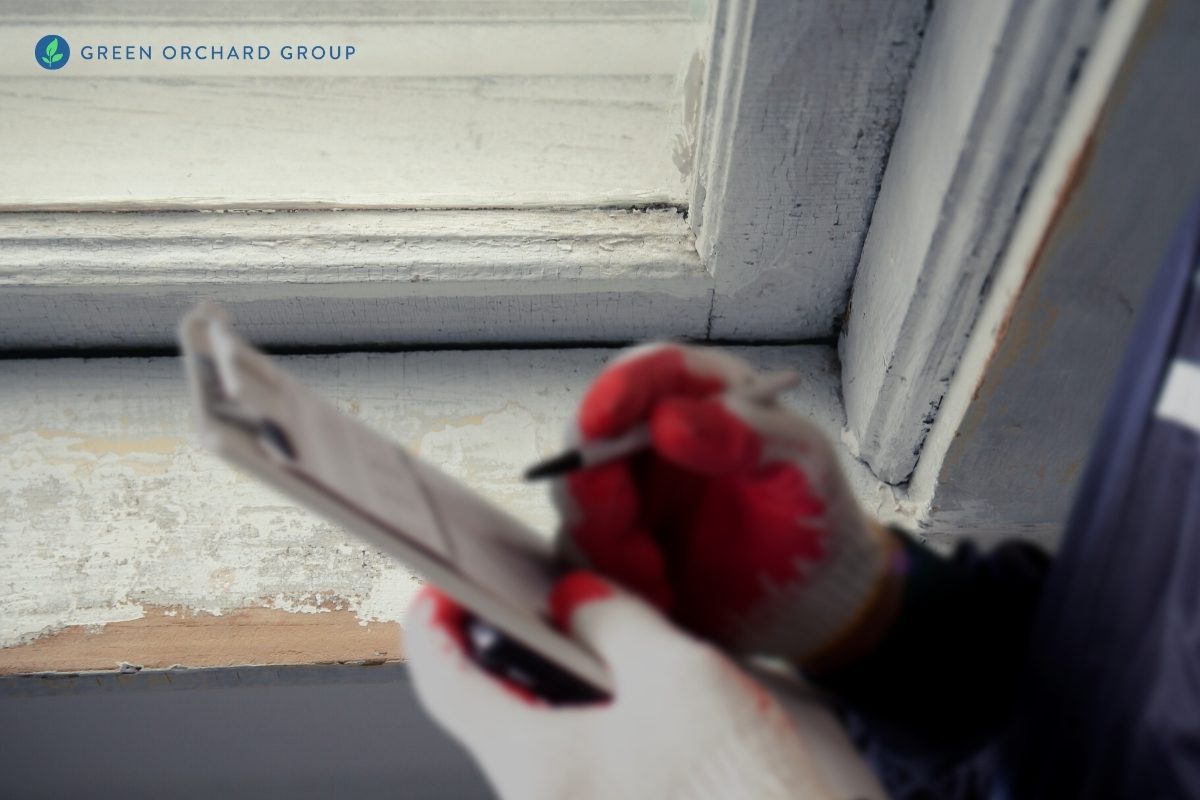Lead Removal Contractors-- Skilled Specialists for Lead Abatement
Lead Removal Contractors-- Skilled Specialists for Lead Abatement
Blog Article
Comprehensive Overview on Effective Lead Offense Removal Techniques
In the world of ecological safety, resolving lead infractions requires a meticulous and organized technique. This comprehensive guide begins by highlighting the vital first actions of recognizing lead hazards with sophisticated analysis and screening approaches. Strategies such as XRF evaluation and dirt clean tasting are indispensable in pinpointing contamination sources. The guide clarifies on the significance of adhering to stringent safety and security methods throughout the elimination process, including the use of appropriate PPE and isolating influenced locations. The succeeding sections promise to review post-removal confirmation and precautionary methods, making sure long-lasting safety and security and conformity. Discover the detailed information that make these techniques not simply effective however important.
Recognizing Lead Hazards
Determining lead threats is a crucial first step in alleviating the threats linked with lead exposure. Lead, a toxic metal, can be present in different ecological tools, consisting of paint, soil, water, and dust.
The initial phase in identifying lead risks includes comprehending common lead sources within the developed atmosphere. Structures developed before 1978 are especially vulnerable due to the prevalent use lead-based paint throughout that duration. In addition, dirt contamination can take place from deteriorating exterior paint, commercial exhausts, or historical use of leaded gas.
Another significant source is lead piping and pipes components, which can seep introduce drinking water. Durable goods such as toys, porcelains, and imported items may also include damaging lead levels. Especially, occupational settings and leisure activities including lead can track pollutants into homes.
Analysis and Screening
When attending to lead hazards, efficient analysis and screening are critical. This essential step makes certain the identification and quantification of lead visibility, thereby guiding succeeding remediation initiatives. Preliminary assessment typically entails a visual evaluation to identify possible lead sources, such as deteriorating paint or polluted dust. This is enhanced by more strenuous testing methodologies to ascertain the degree of contamination.

Dust wipe tasting is an additional crucial technique, especially in household settings. By gathering examples from floorings, windowsills, and other surfaces, this technique gives insights into prospective direct exposure threats. Additionally, soil screening around structure boundaries is important to find lead contamination that can pose risks, particularly to youngsters.
Safe Elimination Treatments
Upon finishing detailed analysis and screening, implementing safe elimination treatments is the following important stage in attending to lead dangers. This procedure guarantees that lead-contaminated products are effectively and securely gotten rid of, minimizing danger to both employees and homeowners. The very first step involves isolating the affected location utilizing plastic sheet and proper sealing techniques to protect against the spread of lead dirt.
Employees need to put on suitable personal safety devices (PPE), including respirators, handwear covers, and disposable coveralls, to reduce exposure. Utilizing specialized tools and wet approaches, such as damp sanding or using HEPA-filtered vacuums, decreases the dispersion of lead particles. It is critical to prevent dry fining sand or rough blowing up, as these approaches can generate damaging lead dust.
Waste disposal is an additional essential element; all polluted products need to be safely landed and identified according to EPA and local guidelines. Furthermore, comprehensive cleansing of the workplace with HEPA vacuums and damp wiping makes certain the removal of recurring lead fragments.
Post-Removal Confirmation

Verification of successful lead removal, referred to as post-removal verification, is imperative to make sure the safety and security and habitability of the remediated location. This webpage procedure involves a series of thorough assessments and examinations made to discover any kind of recurring lead fragments that may present wellness risks. The initial step typically consists of a visual examination to examine the conclusion and high quality of the removal work. This examination guarantees that all recognized resources of lead have actually been addressed and that no visible indications of contamination stay.
Adhering to the aesthetic examination, ecological tasting is performed. This includes accumulating dirt, dirt, and often water samples from the remediated area. Certified laboratories evaluate these samples to measure lead degrees, guaranteeing they fall below the safety and security limits developed by regulative bodies such as the Environmental Security Agency (EPA)
Additionally, air top quality screening might be executed to identify air-borne lead bits, especially in cases where extensive lead-based paint elimination or restoration has occurred. The results of these examinations supply quantitative information verifying that the lead levels are within permitted restrictions.
Ultimately, post-removal verification acts as a crucial checkpoint, confirming the try this web-site effectiveness of the lead reduction efforts and safeguarding the wellness of passengers and visitors.
Precautionary Procedures and Upkeep

A key safety net consists of making use of lead-safe accredited specialists for any type of renovation, repair, or paint tasks. These experts are learnt practices that lessen lead dust and debris. In addition, preserving coloured surfaces to stay clear of cracking or peeling off is vital, as deteriorating paint can release lead fragments into the atmosphere.
Educational campaigns targeting building owners and occupants regarding the risks of lead and the relevance of reporting any prospective threats can further enhance precautionary initiatives. Regular cleaning using HEPA vacuums and wet mopping methods can significantly decrease lead dust build-up.
Verdict
In recap, effective lead infraction removal necessitates a thorough approach encompassing complete analysis, specific screening, and stringent removal procedures. go to my blog Making sure security via proper isolation and individual safety tools remains paramount. Post-removal verification via ecological tasting and air top quality screening corroborates conformity with well established security requirements. Recurring examinations and maintenance are essential to minimize future lead hazards, therefore guarding public health and ensuring sustained compliance with regulatory requirements.
Report this page